Chromosome Evolution in Plants
Accidents happen all the time and sometimes living cells fail to divide properly. During cell division the genetic material that was supposed to be distributed equally between two cells may all stay in one of the cells. If this happens in body cells a cancerous tumor may develop or the cell may die. If it happens in an embryo at the very early stages of development at rare occasions these individuals may survive to maturity and may even reproduce to […]

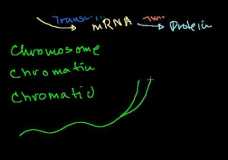
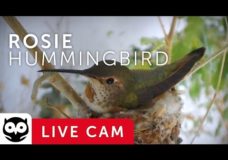
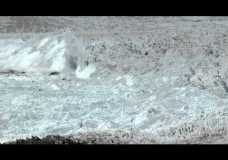
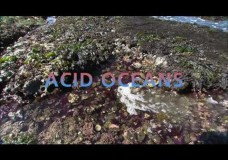


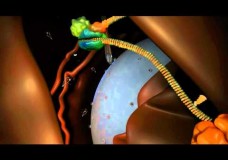

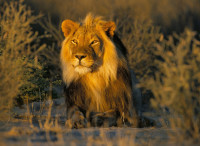
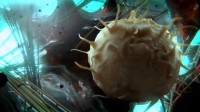
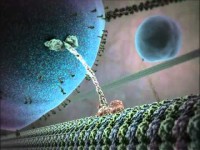
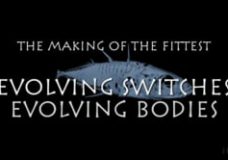
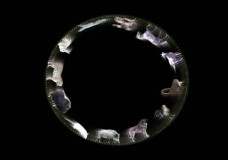
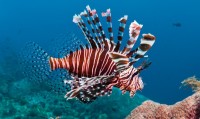
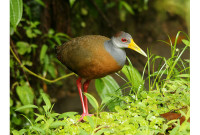

Recent Comments